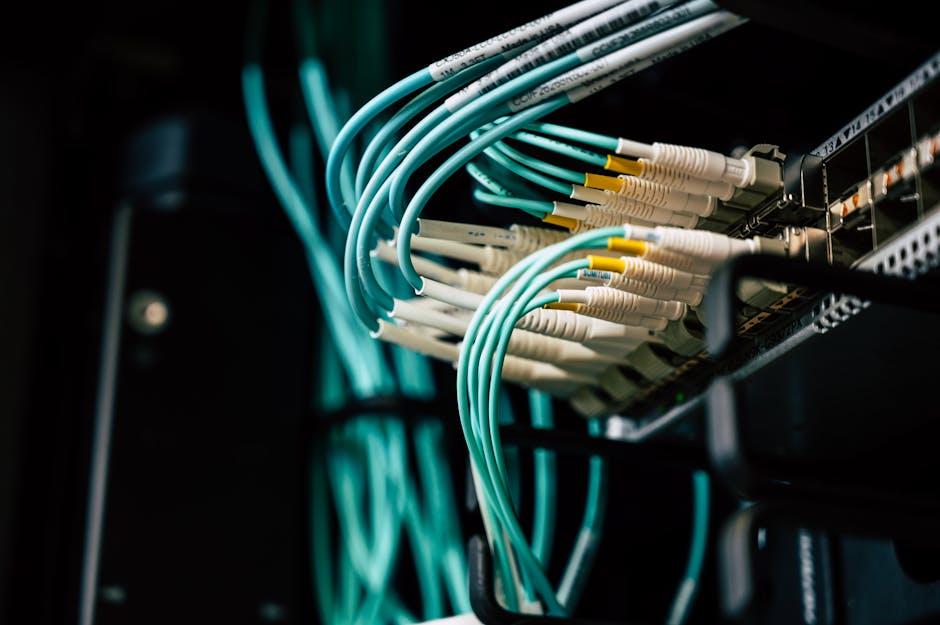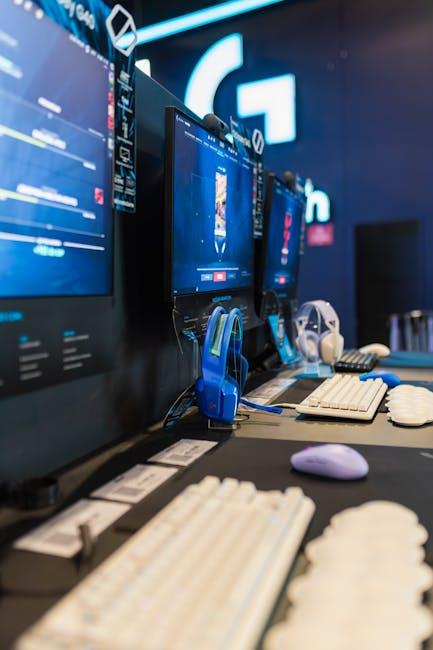In today’s digital age, streaming has become a cornerstone of entertainment, providing instant access to movies, music, and live events at the touch of a button. However, few experiences are as frustrating as dealing with slow streaming speeds that interrupt your favorite show or movie. Whether you’re experiencing constant buffering, poor video quality, or sluggish load times, understanding how to troubleshoot these issues is essential for an uninterrupted viewing experience. This article will guide you through a series of practical steps to identify and resolve common streaming problems across popular platforms, ensuring you can enjoy seamless content delivery without unnecessary delays. Whether you’re a tech novice or a seasoned streamer, these tips will help you optimize your streaming experience and get back to enjoying your favorite content.
Identifying Common Causes of Slow Streaming
When experiencing buffering or lag during your favorite shows, it’s essential to pinpoint the underlying issues that might be affecting your streaming quality. Often, the problem can be traced back to a few common culprits. Start by checking your internet connection speed. A slow or unstable connection is frequently the root cause of streaming hiccups. Ensure that your internet plan offers sufficient bandwidth to support streaming, especially if multiple devices are connected simultaneously.
- Network Congestion: Peak times, when many users are online, can cause your internet speed to drop significantly. Consider streaming during off-peak hours.
- Device Performance: Older devices or those with insufficient memory and processing power can struggle with high-quality streams. Try closing unnecessary apps or restarting your device.
- Wi-Fi Signal Strength: If you’re far from the router or have obstructions in the way, your Wi-Fi signal might be weak. Repositioning your router or using a wired connection could improve performance.
- Outdated Software: Ensure that your streaming app and device firmware are up to date. Updates often include performance enhancements and bug fixes.
By systematically addressing these potential issues, you can often resolve streaming delays and enjoy a smoother viewing experience.

Optimizing Your Internet Connection for Better Streaming
Experiencing sluggish streaming can be frustrating, especially when you’re eager to catch up on your favorite shows or live events. To enhance your viewing experience, consider these practical steps to boost your internet connection. Start by ensuring your router is placed in an optimal location. Centralize it in your home to maximize coverage, and avoid placing it near thick walls or electronic devices that could interfere with the signal.
In addition, try these quick fixes:
- Limit the number of connected devices: Disconnect any gadgets that aren’t in use to free up bandwidth.
- Check for software updates: Ensure your streaming apps and devices are up to date for the best performance.
- Use a wired connection: If possible, connect your device directly to the router using an Ethernet cable for a more stable connection.
- Adjust streaming quality: Lowering the resolution can help if your internet speed is temporarily slow.
Implementing these strategies can significantly improve your streaming quality, providing a smoother and more enjoyable experience.

Adjusting Device Settings to Enhance Streaming Performance
To optimize your streaming experience, adjusting device settings can be crucial. Begin by ensuring your device’s software is up-to-date. This can often solve compatibility issues with streaming platforms. Navigate to the settings menu on your device and look for a section like “System Updates” or “Software Update.” Keeping your device current can significantly improve performance and security.
Another essential step is to manage your device’s network settings. Here are a few tips to consider:
- Connect via Ethernet: If possible, use a wired connection instead of Wi-Fi for a more stable and faster internet connection.
- Check Wi-Fi settings: Ensure your device is connected to the correct frequency band (5GHz over 2.4GHz for less interference and higher speeds).
- Disable background apps: Close any applications running in the background that may be using bandwidth or processing power.
- Adjust streaming quality: Lower the video quality settings on the streaming app to reduce buffering, especially during peak internet usage times.
By fine-tuning these settings, you can often alleviate streaming issues and enjoy a smoother viewing experience.

Exploring Platform-Specific Solutions for Improved Streaming
When it comes to optimizing streaming experiences, understanding the nuances of each platform can make a significant difference. For Netflix, ensure your device is updated with the latest software, as older versions might not support the best streaming quality. Check if there are any specific device settings recommended by Netflix, such as enabling HDMI-CEC for smoother playback on smart TVs.
On Amazon Prime Video, clearing cache and data on your device can often resolve buffering issues. For mobile devices, consider switching to a different network or resetting your network settings if streaming speeds remain slow. If you’re using Hulu, adjusting the video quality settings within the app can help manage bandwidth effectively. Additionally, disabling any browser extensions or add-ons can prevent unnecessary interference with the streaming service.
- Netflix: Update device software, enable HDMI-CEC.
- Amazon Prime Video: Clear cache/data, reset network settings.
- Hulu: Adjust video quality, disable browser extensions.







































